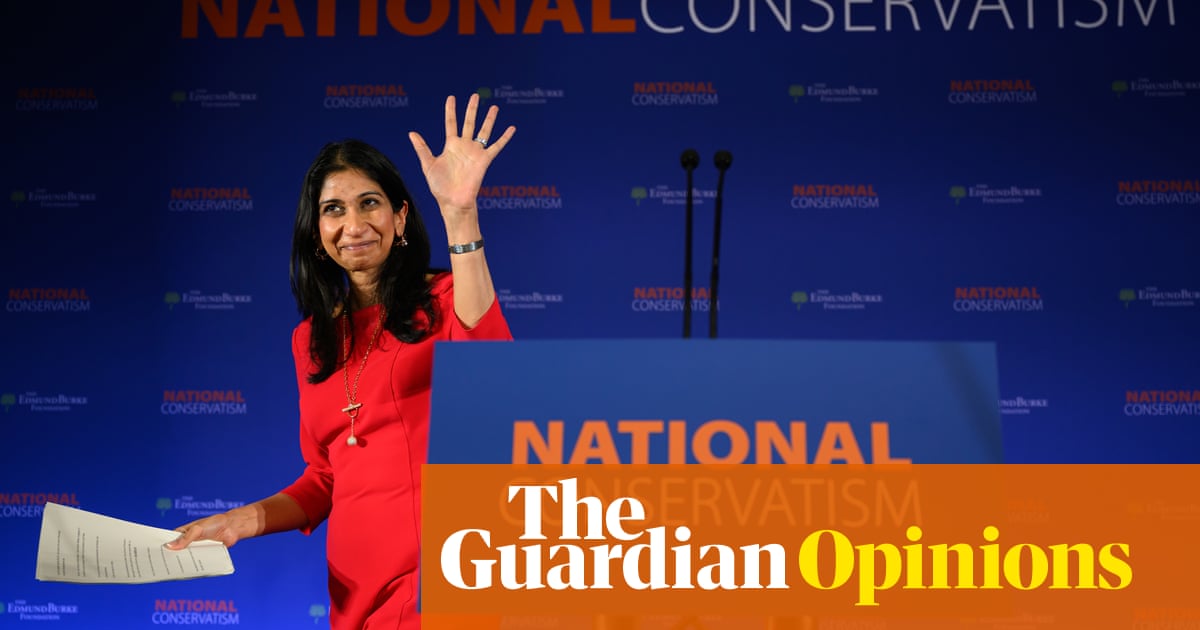
The Conservative party is more than just 121 MPs. It’s also tens of thousands of ordinary members. The £39 a year they pay to belong might not entitle them to any real say on the party’s policies, but it does give them the right to help select its candidates and, even better, its leader.
Quite how many individual blades make up the Tory grassroots these days, we won’t know until we learn the result of the membership ballot, which starts on 31 October. In 2019, when Johnson was elected leader, it came in at 159,000. And in 2022, when Liz Truss got the nod, it had actually risen to 172,000. But that was considerably down on the 254,000 who got to choose between Davids Cameron and Davis back in 2005 and way off the 2.8 million members that the party claimed to have at its postwar peak in the mid-1950s.
Moreover, by no means all of its members are activists. The post-election survey carried out by the Party Members Project at Queen Mary University of London and the University of Sussex, found that 56% of Conservative members had spent no time whatsoever helping out their party during the six and a half week campaign.
And even among those who did lend a hand, relatively few got involved in what we call “high-intensity” activities, even just once: fewer than half shoved leaflets through letterboxes and fewer than a third canvassed voters – not something that mattered that much this time around given the scale of the defeat suffered by the party, but something that might make a difference in a tighter race next time. “Activist”, in other words, should never be used as a synonym for “member”.
The Tory membership isn’t quite as old as many seem to think. The average member is 60 – not that much older than Labour members (54) and on a par with Lib Dem and Reform members. On the other hand, getting on for 40% of Conservative members are 65 and over, while only 2% (yes, 2%) are aged between 18 and 24.
Tory members are overwhelmingly well-heeled too (eight out of ten of them fall into the ABC1 rather than the C2DE category) and work (or have worked) in the private sector. However, Tory members are considerably less likely than their Labour (and especially their Lib Dem) counterparts to have university degrees.
Relatively few live in the north and the Midlands, with some two-thirds residing in southern and eastern England, and well over 90% are white British.
They are also (surprise, surprise!) pretty rightwing. Although they’re actually fairly evenly split on getting to net zero by 2050, more than nine out of 10 of them think immigration is too high; and fewer than a fifth want to see the government increase taxes and spend more on public services, compared to nearly half who would like to see both taxes and spending cut.
Never forget, though, that although Conservative party members may be zealots, at least compared with voters, they also like winning elections. Whether losing just one of them, even as badly as they did this year, will be enough to persuade the Tory grassroots to pick the most “normal” candidate – as opposed to the most ideologically congenial – will not become clear until the winner is finally announced on 2 November.












